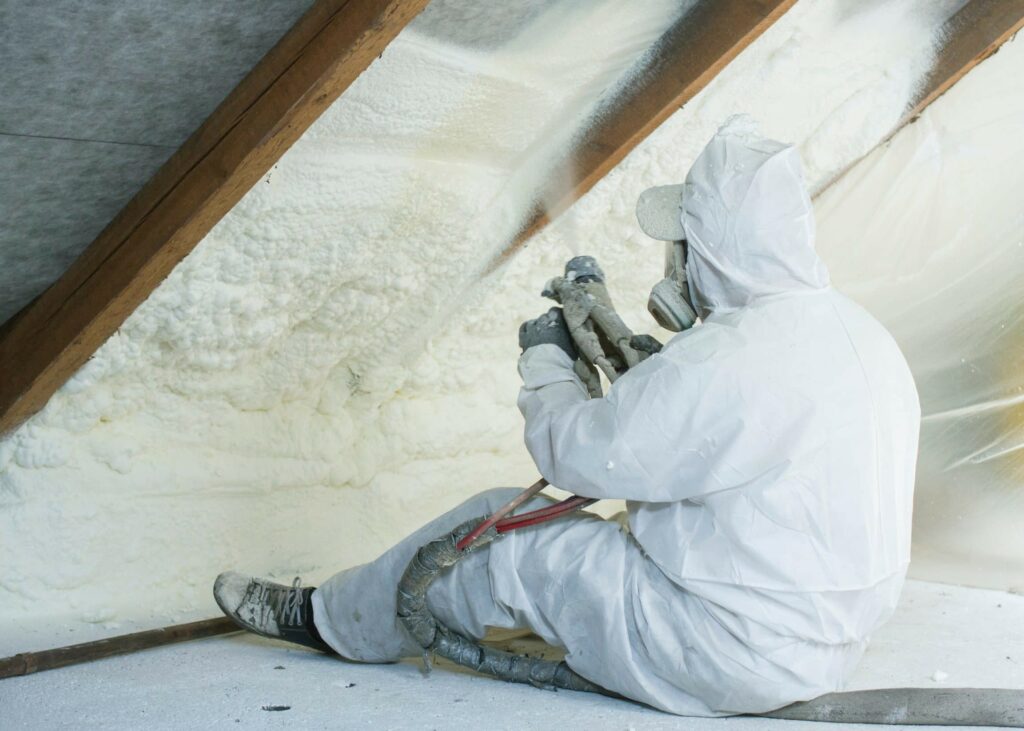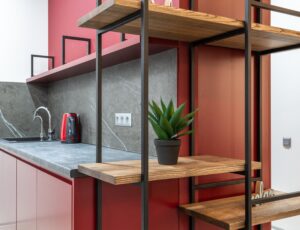The use of asbestos for commercial and industrial applications became commonplace in the late 1800’s. By the mid 1980’s, the use of friable asbestos containing materials (ACMs) was largely phased out; however, some forms of non-friable ACMs are still used today.
What is the difference between friable and non-friable ACMs?
Friable ACMs can easily be crushed by hand and release asbestos fibers into the air. Examples of friable ACMs are various types of thermal insulation, some acoustic insulation and spray applied ceiling finishes. Non-friable ACMs are less likely to release asbestos fibers, unless they are damaged or disturbed in some way, such as during renovation or demolition work. Examples of non-friable ACMs are vinyl floor tiles, fire resistant wall board, cement based composite products and roofing materials.


Management for ACMs in Good Condition
Existing ACMs that are in good condition can be left in place. Here are some of the steps that property owner and managers can take to keep occupants safe:
Asbestos Management Plan. A management plan should be developed for the building that outlines the location and condition of any ACMs, as well as any steps that will be taken to prevent the release of fibers.
Regular Inspections. Regular inspections of ACMs should be carried out to monitor their condition and ensure that they are not deteriorating or becoming damaged.
Containment. If ACMs are in good condition and not likely to be disturbed, they should be contained or sealed to prevent the release of fibers, only qualified abatement contractors should be retained to repair, contain or abate ACMs.
Warning Signs. Signs can be posted in areas where ACMs are present to alert occupants to their presence and to remind them not to disturb them.
Education. Contractors and maintenance personnel should be educated about the dangers of asbestos and instructed on how to avoid disturbing ACMs.
Professional Consultation. Property owners should consult with qualified professionals if they have any concerns about the presence of ACMs or if they need advice on how to manage them safely.
ACM Management for Renovations
If you are planning renovation work on a building that may contain asbestos, it is essential to take precautions to avoid exposing occupants or construction workers to asbestos fibers. Here are some considerations to keep in mind:
Asbestos Survey. It is important to conduct an asbestos survey before any renovation work starts to identify the presence of ACMs in the building. A qualified professional should carry out the survey to identify any ACMs that may be present.
Asbestos Removal. If ACMs are identified in the work area, you should hire a licensed and qualified abatement contractor to safely remove them before any renovation work begins using correct work procedures. Do not attempt to remove asbestos-containing materials yourself, as this can release dangerous fibers into the air.
Asbestos Containment. If asbestos cannot be removed, it must be contained to prevent the release of fibers. This may involve sealing or encapsulating the ACMs with a special coating.
Communication. It is important to communicate the presence of asbestos and any precautions that have been taken with all workers and contractors involved in the renovation project.






